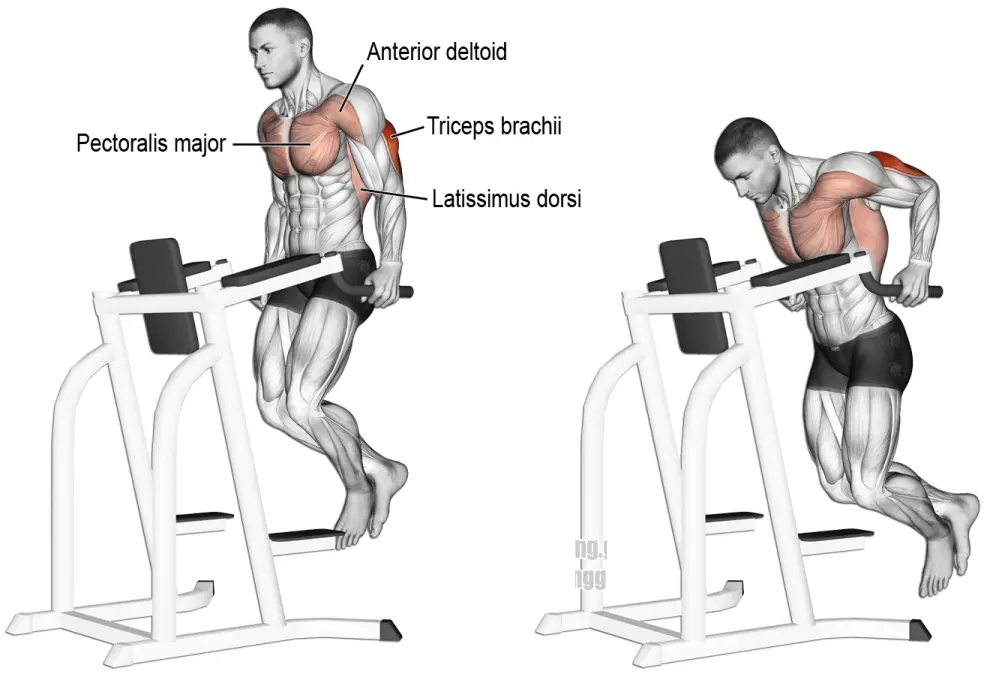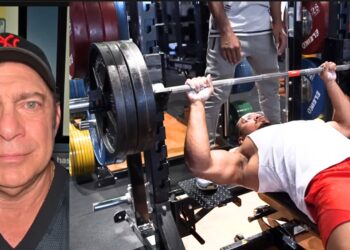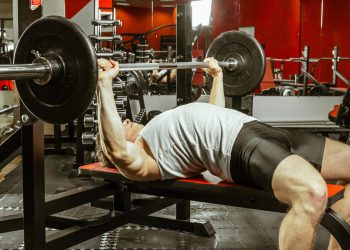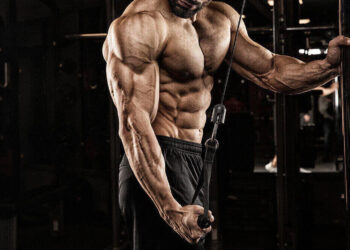The bench press has long been considered one of the best chest exercises. But is it really the most effective way to build a strong, sculpted chest? Many experienced lifters argue that dips may actually be superior for chest development. Let’s take a detailed look at how dips and bench presses compare.
Benefits of Dips for Chest Development
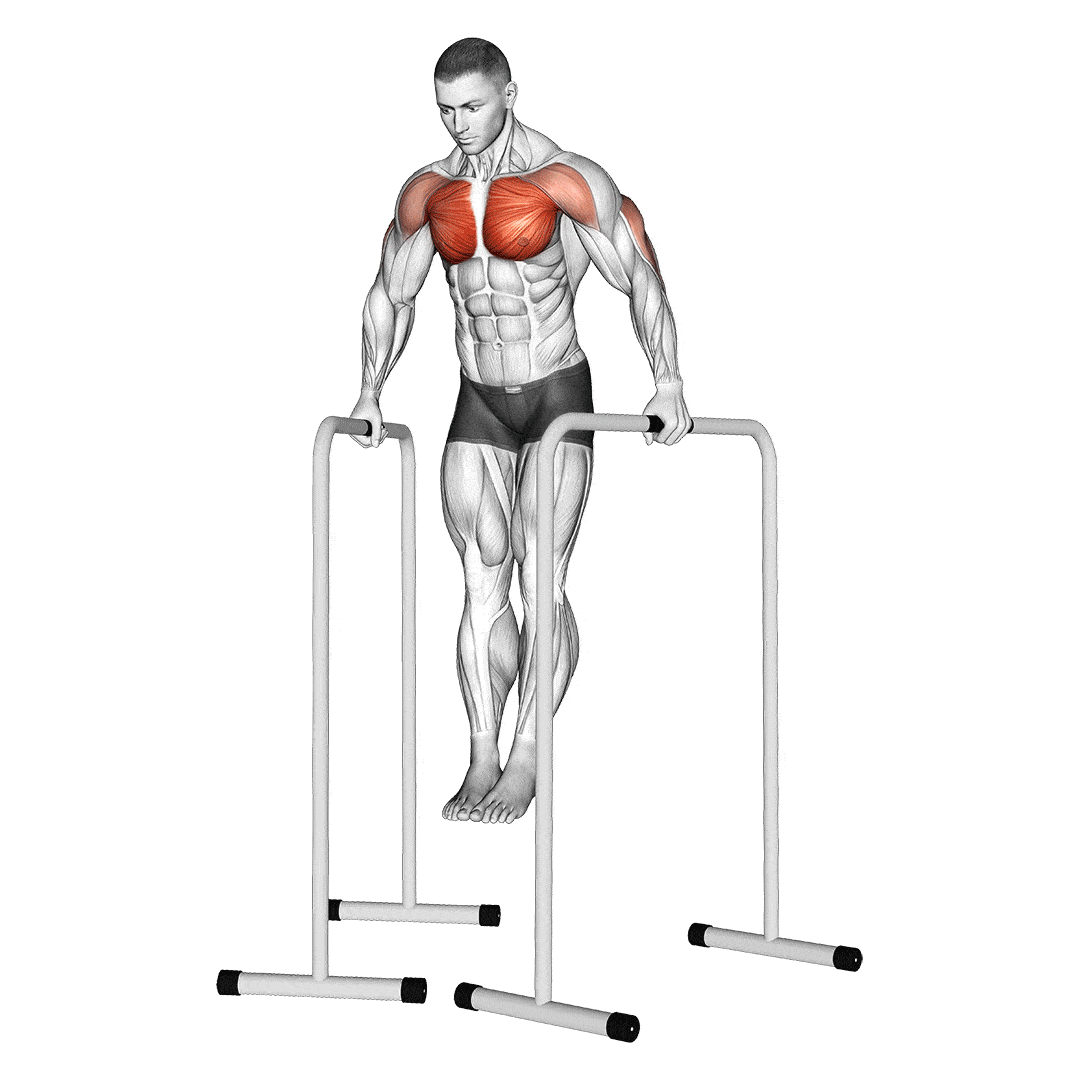
Dips have a few key advantages that make them an excellent chest builder:
Full Body Stabilization
With dips, you are lifting your entire bodyweight. This requires full body tension and stabilization from your shoulders to your core and legs. The bench press allows you to relax your lower body on the bench. This stabilization challenge makes dips more functional and forces more muscle recruitment.
Shoulder Health
The bench press is notorious for being rough on the shoulders due to the heavy loads and limited range of motion. Dips train the shoulders through a fuller range of motion while keeping the load reduced by using bodyweight. This makes dips an ideal way to boost shoulder flexibility and function.
Activate More Chest Fibers
Studies show the decline bench press better activates the lower pecs compared to flat bench. Dips mimic a decline press since you are pushing downwards against gravity. This makes them excellent for fully stimulating all the muscle fibers of the chest.
Build Width and Thickness
With your elbows held tight to your sides, dips will build chest thickness. But you can also flare your elbows out to target the outer pecs and build width. The bench press mainly builds inner chest thickness. You need flys to target outer pec width.
Level Up Your Fitness: Join our 💪 strong community in Fitness Volt Newsletter. Get daily inspiration, expert-backed workouts, nutrition tips, the latest in strength sports, and the support you need to reach your goals. Subscribe for free!
Added Triceps and Shoulder Work
While dips focus on the chest, they also train the triceps and shoulders. This makes them a highly efficient compound exercise compared to isolation chest movements. You get more bang for your buck by hitting multiple muscle groups.
Benefits of the Bench Press
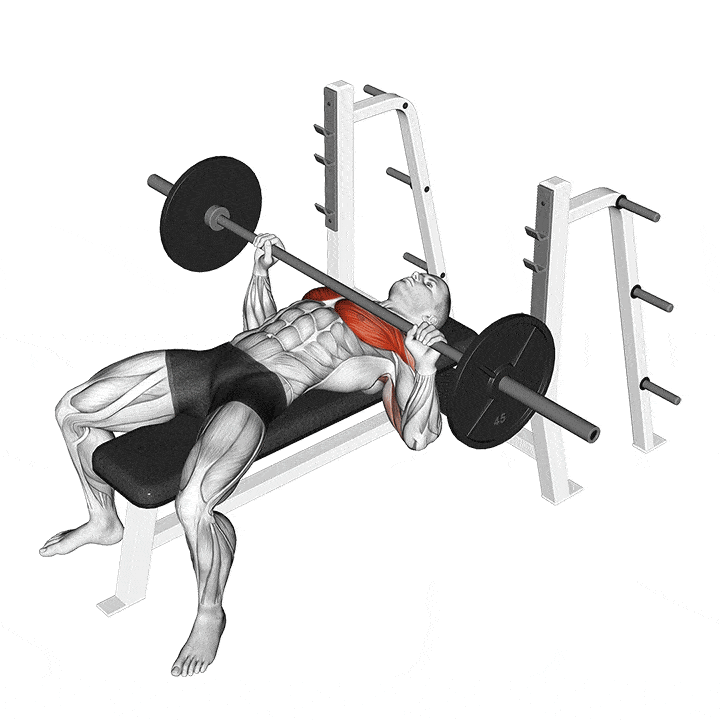
Now let’s examine the upsides of the classic bench press that have made it a staple exercise:
Build Raw Strength
The bench press allows you to move very heavy weights, far more than you could with dips and bodyweight. This makes it an ideal mass and strength builder for the pecs. It also trains pushing power for sports performance.
Easy to Progress and Overload
By adding weight each session, you can progressively overload the bench press. Dips are limited by your current bodyweight as resistance. So the bench makes it simpler to continually add resistance and drive growth.
Better Chest Isolation
The fixed bar path and stationary body position isolate the pecs more than dips. While dips hit shoulders and triceps too, the bench better isolates just the chest muscles.
Ego Lift
Let’s be honest. There’s something satisfying about bench pressing a loaded barbell versus just using bodyweight. The bench press allows you to hoist heavier weights and is a status symbol in the gym.
Build Inner Chest Thickness
The bench press has a natural arc that really emphasizes the inner pecs. This helps build that coveted chest thickness directly between the pecs. Dips work the outer and lower chest better.
Read the full bench press guide here.
Dips vs Bench Press: Which is Better?
So which exercise reigns supreme for building an impressively muscular chest? Here are some key takeaways when comparing dips and bench pressing:
- For complete chest development, utilize both exercises. Dips train the outer and lower pecs while bench trains inner thickness. Use both to stimulate the chest from all angles.
- Make dips your primary chest exercise if you have shoulder issues. Their shoulder-friendly motion reduces strain for injury-prone lifters.
- Focus on heavy bench pressing if your main goal is building raw strength and power. Dips can’t match the heavy loads of barbell bench presses.
- Pick dips if you want to save time and train multiple muscle groups at once. Dips also hit triceps and shoulders while benching is more isolation.
- Try weighted dips to take your pec development to the next level. Adding a dip belt allows you to boost the resistance beyond bodyweight only.
In summary, dips are arguably the more well-rounded chest exercise due to their full body stabilization demands, shoulder-friendly range of motion and ability to target the often-neglected lower and outer pecs. But the bench press remains a powerhouse for overload and heavy strength building.
For the best results, make dips your primary chest movement then use bench pressing as a supplemental lift for raw power. This combines the unique benefits of both exercises. With consistency over time, you’ll build an enviable set of pecs.
FAQ’s
Switching up your chest routine to focus on dips may raise some questions if you’re used to benching. Here are answers to some common FAQs:
Q: Is there an optimal number of dips?
A: The ideal number varies based on individual capabilities. Monitoring your progress over months and comparing it is the most effective gauge.
Q: Is it possible to combine bench press and dips in one session?
A: Absolutely. Merging them can maximize the benefits and counterbalance their individual limitations.
Q: Can dips be weighted?
A: Yes, they can. Weighted dips add resistance, useful for those finding bodyweight dips less challenging.
Q: Can I build as much raw strength with dips compared to bench press?
A: The bench press allows substantially heavier loading due to using barbells versus bodyweight. But weighted dips with a dipping belt can build tremendous pec strength if progressively overloaded over time.
Q: Which exercise is better for my chest width?
A: Dips with elbows flared wide will better target the outer pec fibers that contribute to chest width. But incorporating fly exercises will optimize width development further.
Q: Are dips safe for my shoulders?
A: Dips are one of the most shoulder-friendly pressing movements due to the natural motion and limited loading. Build slowly over time and avoid any pain. Stop short of fully dislocating the shoulder joint.
Q: How deep should I go on dips?
A: Go down until you feel a mild stretch in the pecs and front of the shoulders. You can increase depth over time, but avoid going so deep it feels unstable or painful. Parallel or slightly below is perfect.
Q: Can I still bench press if I switch to dips?
A: Yes, you can certainly do both! Use dips as your core chest exercise then add in some supplemental bench pressing for hammering the inner pecs and building strength on a fixed plane of motion.
Q: What’s better for building my upper body – dips or pull ups?
A: They complement each other perfectly. Dips build pushing strength while pull ups train pulling strength. Doing both exercises will build a super strong, balanced upper body.
So which is better: Dips or Bench Press?
I’m going to end this article by reiterating that doing both dips and bench presses will yield the best chest building results, since they complement each other well.
I personally have made dips my primary chest exercise for the past couple of months and I’m really enjoying the results. The shoulder-friendly range of motion means my shoulders feel great. Of course, weighted dips are also an option as your strength increases.
I like to supplement dips with lots of dumbbell presses and flyes, since they offer superior range of motion compared to barbell presses. I’m also a big fan of Hammer Strength machines – I know this goes against the functional training mantra, but machines allow me to really isolate the pecs through a targeted range of motion.
In the future, I’ll elaborate more on the merits of both free weights and machines for building muscle. But for chest training, I find combining multi-joint dips for overall development with isolation exercises like flyes and presses creates an all-around chest building routine.
I hope this article gave you some new insights into how dips and bench pressing can work together to build a stronger, more sculpted chest. Let me know which exercises you plan on incorporating into your next chest workout!

